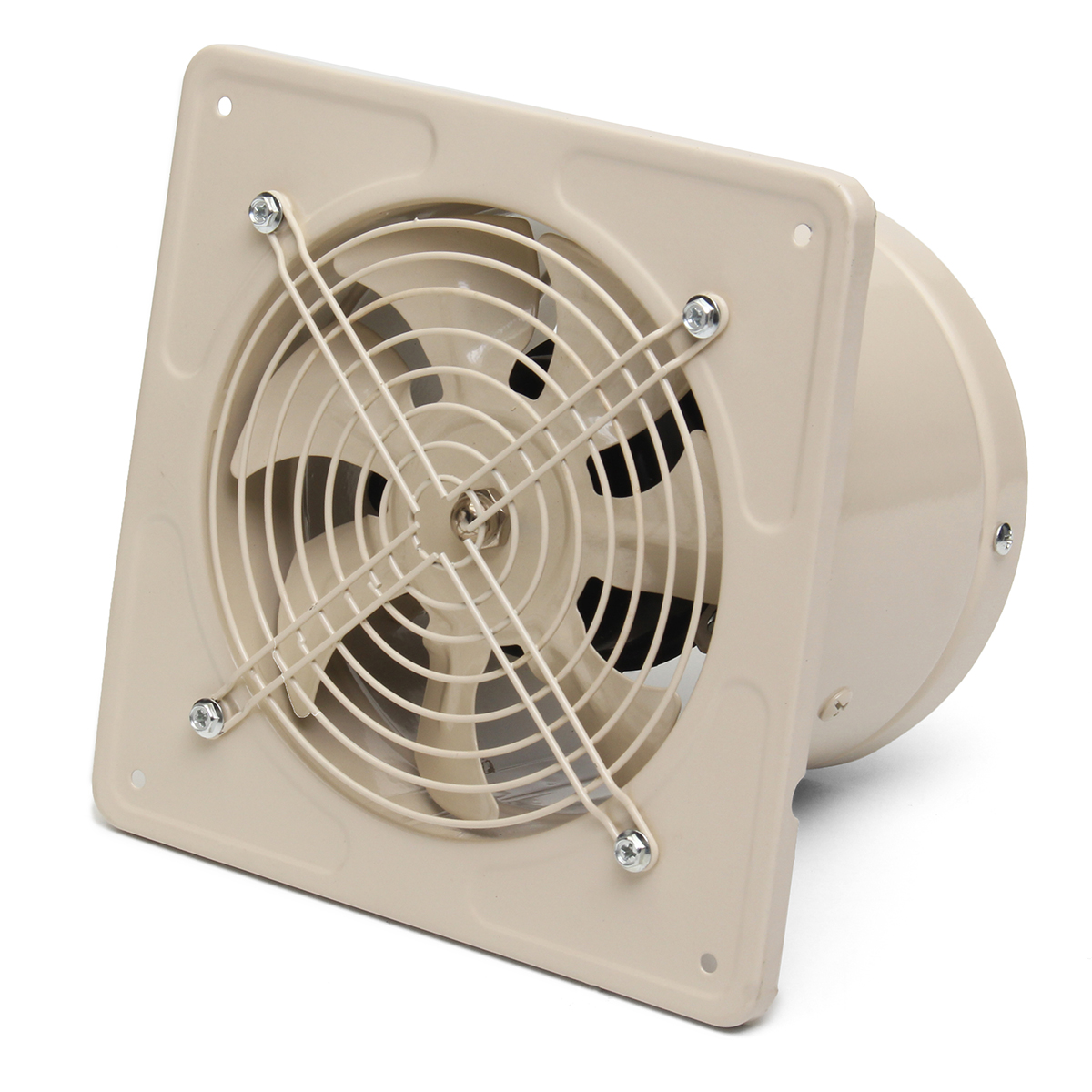Types of Exterior Wall Bathroom Exhaust Fans

Exterior wall bathroom exhaust fans are essential for maintaining good air quality and preventing moisture buildup in bathrooms. They work by drawing stale air and moisture out of the bathroom and expelling it outside. There are several different types of exterior wall bathroom exhaust fans available on the market, each with its own features and benefits.
Exterior wall bathroom exhaust fans, with their efficient extraction capabilities, are designed to expel humid air and odors from the bathroom. They are typically installed to vent directly outside, which raises the question: does the bathroom fan go outside ?
The answer is yes, as it ensures proper ventilation and prevents moisture buildup, which can lead to mold and mildew growth. Therefore, exterior wall bathroom exhaust fans play a crucial role in maintaining a healthy and comfortable bathroom environment.
Axial Fans
Axial fans are the most common type of exterior wall bathroom exhaust fan. They are relatively inexpensive and easy to install. Axial fans have a propeller-like blade that rotates on a motor to draw air in and expel it out. They are typically mounted on the ceiling or wall of the bathroom.
The exterior wall bathroom exhaust fan hums softly, drawing out stale air and moisture. But for a more efficient and advanced solution, consider the reversomatic bathroom ventilation exhaust fan. This innovative device not only exhausts air but also reverses its direction to draw in fresh air, creating a balanced and healthier bathroom environment.
Returning to the exterior wall exhaust fan, its continuous operation ensures a well-ventilated and odor-free bathroom, making it an essential component for maintaining a clean and comfortable space.
Centrifugal Fans
Centrifugal fans are more powerful than axial fans and can move larger volumes of air. They are typically used in larger bathrooms or in bathrooms with high levels of moisture. Centrifugal fans have a spinning impeller that draws air in and expels it out through a duct.
Inline Fans
Inline fans are mounted in the ductwork of the bathroom exhaust system. They are typically used in bathrooms where there is not enough space for a ceiling- or wall-mounted fan. Inline fans are also more powerful than axial fans and can move larger volumes of air.
Factors to Consider When Choosing an Exterior Wall Bathroom Exhaust Fan
When choosing an exterior wall bathroom exhaust fan, there are several factors to consider, including:
- The size of the bathroom
- The level of moisture in the bathroom
- The noise level of the fan
- The cost of the fan
- The ease of installation
Installation and Maintenance of Exterior Wall Bathroom Exhaust Fans

Installing and maintaining an exterior wall bathroom exhaust fan is essential for proper ventilation and reducing moisture buildup. Here’s a step-by-step guide and tips for maintenance.
Installation
1. Choose a suitable fan for your bathroom size and ventilation needs.
2. Determine the location for the fan on an exterior wall, ensuring it aligns with the bathroom’s moisture source (e.g., shower or bathtub).
3. Cut a hole in the wall using a hole saw or a reciprocating saw.
4. Install the fan housing and secure it to the wall.
5. Connect the fan to the electrical supply and seal the edges of the housing with caulk.
6. Install the fan grille and cover.
Maintenance
1. Clean the fan grille and cover regularly to remove dust and debris.
2. Inspect the fan blades and motor for any damage or obstructions.
3. Lubricate the motor bearings periodically according to the manufacturer’s instructions.
4. Check the fan’s operation by turning it on and off to ensure proper airflow.
Safety Precautions
1. Turn off the electrical power before performing any installation or maintenance tasks.
2. Wear safety glasses and gloves during installation.
3. Ensure the fan is properly grounded to prevent electrical shocks.
4. Keep the fan area clear of flammable materials.
5. Do not operate the fan without the grille and cover in place.
By following these steps, you can ensure the proper installation and maintenance of your exterior wall bathroom exhaust fan, maintaining a healthy and comfortable bathroom environment.
Benefits of Using Exterior Wall Bathroom Exhaust Fans

Exterior wall bathroom exhaust fans offer numerous advantages that enhance bathroom air quality, prevent moisture-related issues, and promote energy efficiency. These benefits contribute to a healthier and more comfortable bathroom environment.
Improved Air Quality
Exhaust fans effectively remove stale air, odors, and pollutants from the bathroom. They help reduce the concentration of harmful gases like carbon dioxide and volatile organic compounds (VOCs), which can cause respiratory problems and other health issues. By improving air circulation, exhaust fans create a healthier breathing environment.
Reduced Moisture, Exterior wall bathroom exhaust fan
Bathrooms are prone to moisture buildup due to showers, baths, and other activities. Excess moisture can lead to condensation, mold growth, and structural damage. Exterior wall exhaust fans help remove moisture from the air, reducing the risk of these problems and maintaining a dry and comfortable bathroom environment.
Mold Prevention
Mold thrives in moist environments. Exhaust fans play a crucial role in preventing mold growth by reducing moisture levels. Mold can cause respiratory problems, allergic reactions, and other health issues. By effectively removing moisture, exterior wall exhaust fans help create an environment that is less conducive to mold growth.
Energy Efficiency
Exterior wall exhaust fans can be energy-efficient devices. They operate at low power consumption and help reduce energy costs by removing excess heat and moisture from the bathroom. This reduces the load on air conditioners and heating systems, leading to lower energy bills.